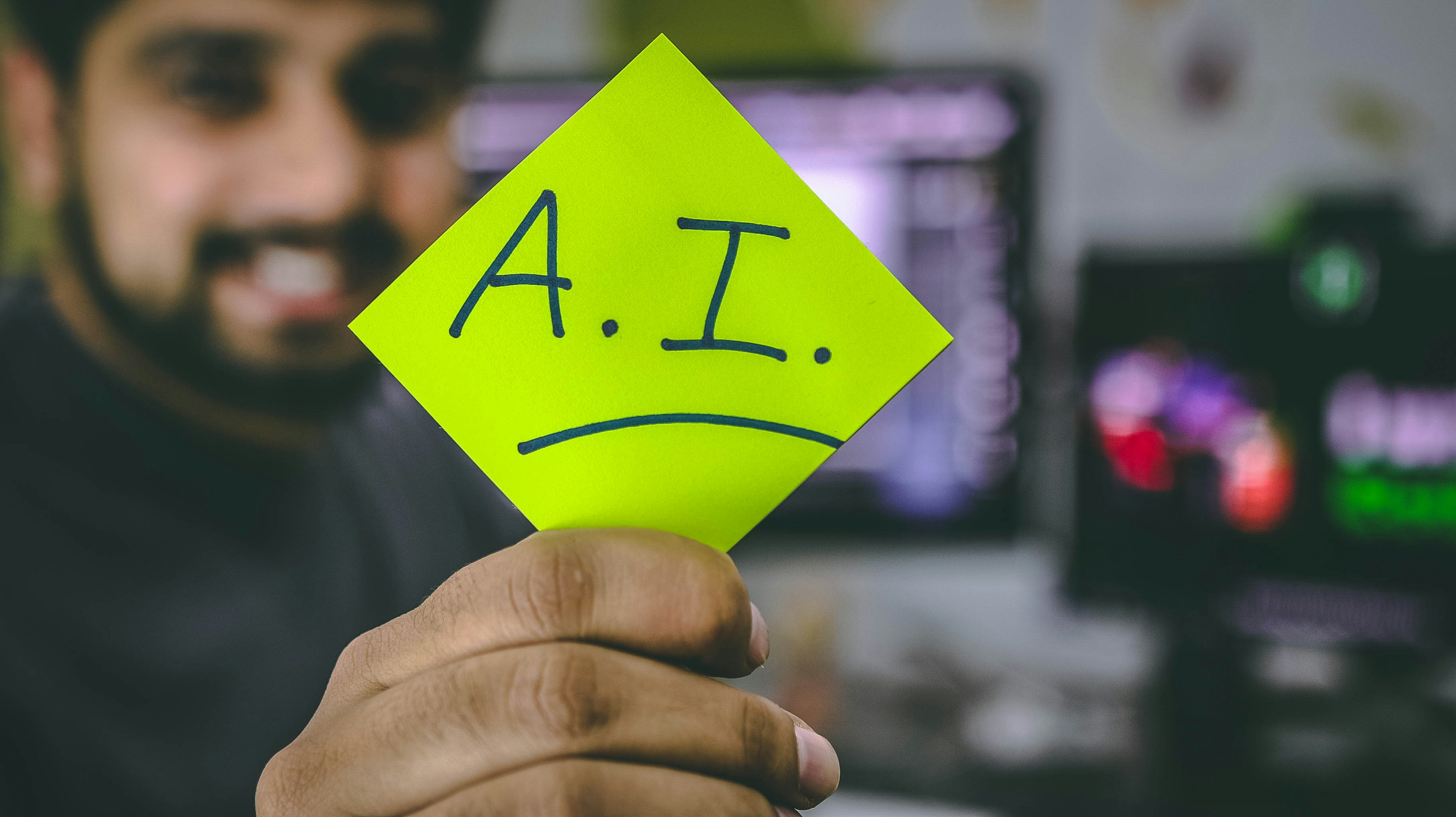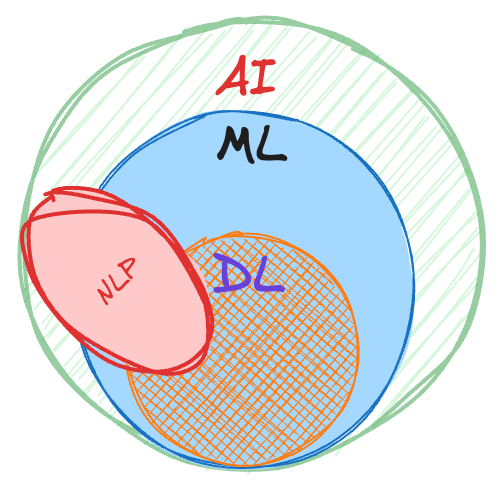
Introduction to AI and its Applications.
January 10, 2024
Greetings fellow Readers and AI Enthusiasts! Today marks the start of our 100 days of AI series where we dive deep into the realm of Artificial Intelligence.
Understanding AI
Artificial Intelligence (AI) isn't robots sarcastically mimicking humans anymore. It's clever algorithms learning and adapting like us, sometimes even better. Think of it as super-brainpower for machines. They analyze mountains of data, understand our language, and even create like artists and programmers. But AI's true magic is pushing boundaries – from medical breakthroughs to smarter robots. This isn't just sci-fi; it's the future, where humans and AI work together, making things possible we never dreamed of.
What powers AI?
AI, or Artificial Intelligence, is powered by a set of algorithms and methodologies designed to mimic human cognitive functions. These algorithms and methodologies fall under two main categories:
Machine Learning (ML): This is a subfield of AI that focuses on the development of algorithms that can learn from and make predictions or decisions based on data. ML algorithms analyze patterns in data to make informed decisions or predictions without being explicitly programmed to do so.
Deep Learning (DL): DL is a subset of ML that uses neural networks with many layers (hence the term "deep") to learn from data. These neural networks are inspired by the structure of the human brain and have the ability to identify complex patterns in data.
Both ML and DL require careful selection and tuning of algorithms based on the specific requirements of the task at hand.

Subsets of AI
Machine Learning Paradigms
- Supervised Learning: This involves training of an ML model with labelled datasets, or datasets where each datapoint has corresponding label indicating its desired output.
- Regression: Regression is a subset of supervised learning which involves usage of a statistical method to predict a continuous value which is dependent on one or more independent variables. For example, banks use regression to predict loan defaults, assess credit-worthiness etc.
- Classification: Classification is the process of organizing data into groups or classes based on certain features. For example, detecting if an email is spam or not. Here, the two classes would be Yes and No.
- Unsupervised Learning: This involves applying ML algorithms on data that are not labelled and no pre-defined output exists. It is used to uncover hidden patterns within the data.
- Clustering: It is the process of grouping similar data points into clusters based on their similarities. These data points do not have any specific labels or categories, meaning the algorithm discovers the patterns by itself. One of the application of this would be market research. Companies can understand their target audience by clustering customer groups.
- Dimensionality Reduction: It refers to the process of transforming high-dimensional data into lower-dimensional data while preserving information. This results in compression and reduces computational complexity in training ML models. It also helps in visualizing the data better as complex data is hard to visualize.
- Reinforcement Learning: Reinforcement learning is like a trial and error approach. It involves a framework that consists of an agent, environment, action, state, reward and policy. The agent interacts with the environment, making decisions and taking actions. The agents perception of the environment is the state. The agent receives rewards for desirable actions and penalties for undesirable ones. Policy represents the agent's behavior strategy.
Applications of AI
AI is used in various applications. Some of the most popular ones are:
- Computer Vision: Some AI models are trained to analyze images and video clips fine tuned for certain tasks. This is called computer vision. Some of the major applications of Computer Vision can be observed in Healthcare, Automobiles, Face Recognition etc.
- Natural Language Processing: The ability of a computer to understand and process human language. It can be used for various purposes like Text Summarization, Chatbots and Virtual Assistants, Sentiment Analysis, Information Retrieval etc.
- Gaming: Gaming is one of the major applications of AI. Games like Grand Theft Auto, FIFA, Assassins Creed, Need For Speed etc use AI to generate responsive, adaptive and intelligent behaviors similar to that of humans in NPCs or Non Playable Characters. It is also used in games like Computer Chess and Akinator.
- Sound Recognition: AI is also used to detect and recognize voices and other sounds in audio clips. This can help in various application like voice authentication, speech-to-text conversion, searching audios in a certain database, virtual assistants etc
How Tech Giants use AI and ML in their Applications?
- Ever wonder how Netflix knows exactly what show will binge you into the wee hours, or how Amazon predicts that birthday present you didn't even know you wanted? The secret sauce is a powerful blend of artificial intelligence (AI) and machine learning (ML) – and these tech giants are sprinkling it on everything they do.
- Imagine Google Search reading your mind, anticipating your next search query before you even type it. That's the power of AI-powered algorithms scanning billions of webpages and understanding your online behavior to deliver the perfect results. Or picture Facebook's newsfeed, carefully curated by ML models that know your friends, interests, and even emotional state, ensuring you see content that keeps you scrolling (and clicking ads).
- But it's not just about personalization. Amazon uses AI to optimize its logistics network, predicting what you'll buy before you do and getting that package to your doorstep at lightning speed. And Netflix? Their recommendation engine is a masterpiece of ML, analyzing everything from your past viewing habits to the actors you tweet about to suggest your next must-watch obsession.
- So, as you scroll through your feed, stream your favorite show, or click "buy now" on that impulsively added gadget, remember – it's not magic, it's AI and ML. And the future? It's only going to get more fascinating (and maybe a little bit spooky) as these technologies continue to evolve and shape our digital lives.
Today we talked about AI and its basic concepts and applications. The different types of AI algorithms, including Machine Learning (ML), Deep Learning (DL), and Reinforcement Learning, are discussed. We also discussed the popular applications of AI such as computer vision, natural language processing, and gaming. It mentions how tech giants like Netflix, Amazon, Google, and Facebook utilize AI and ML in their applications for personalization and optimization. In the next discussion, we will delve into the topic of gradient descents. Stay tuned!


